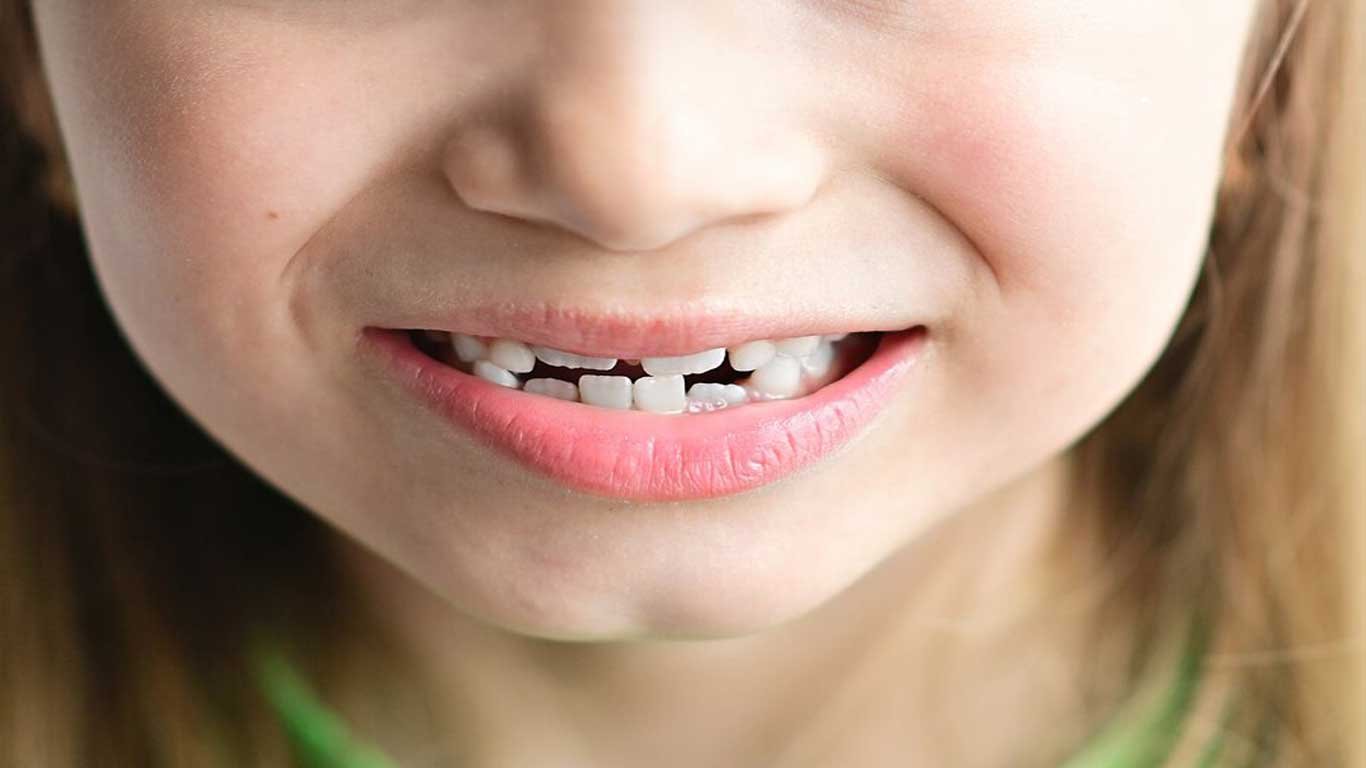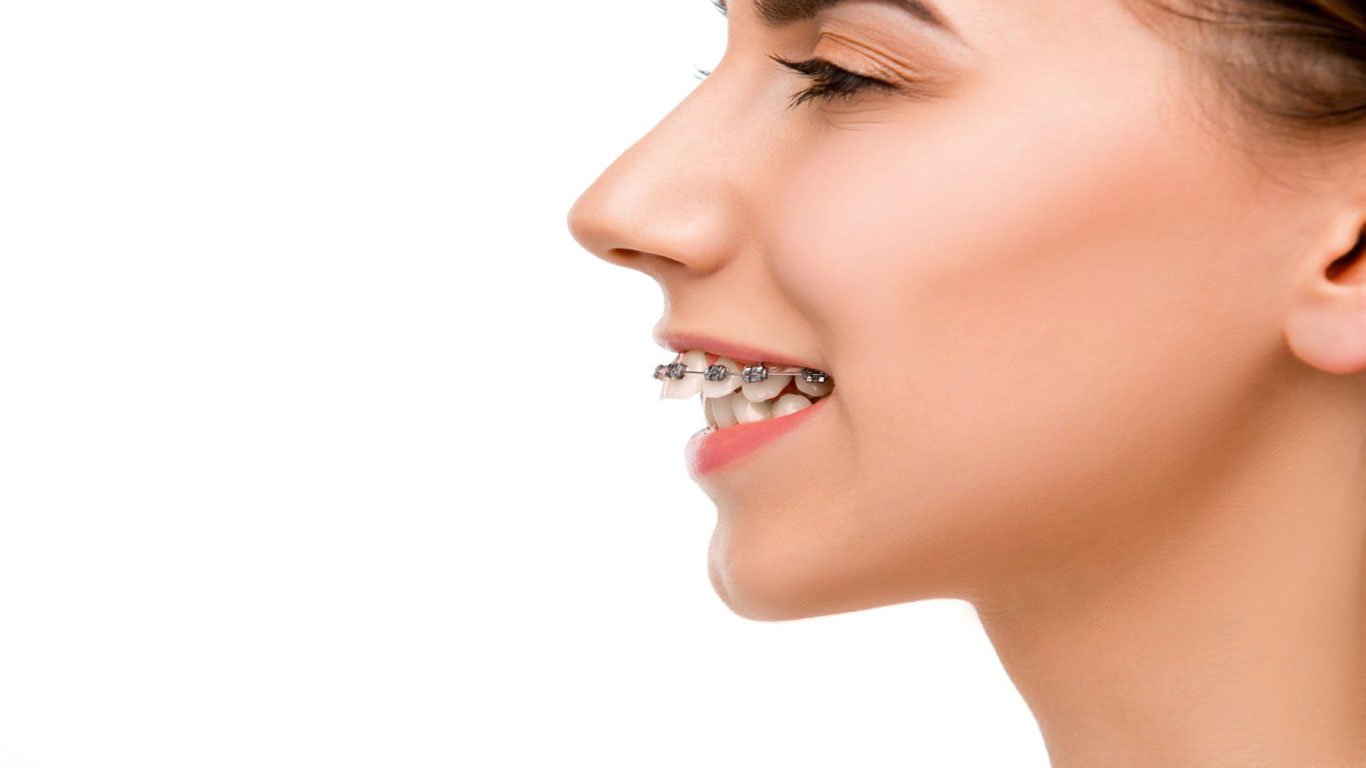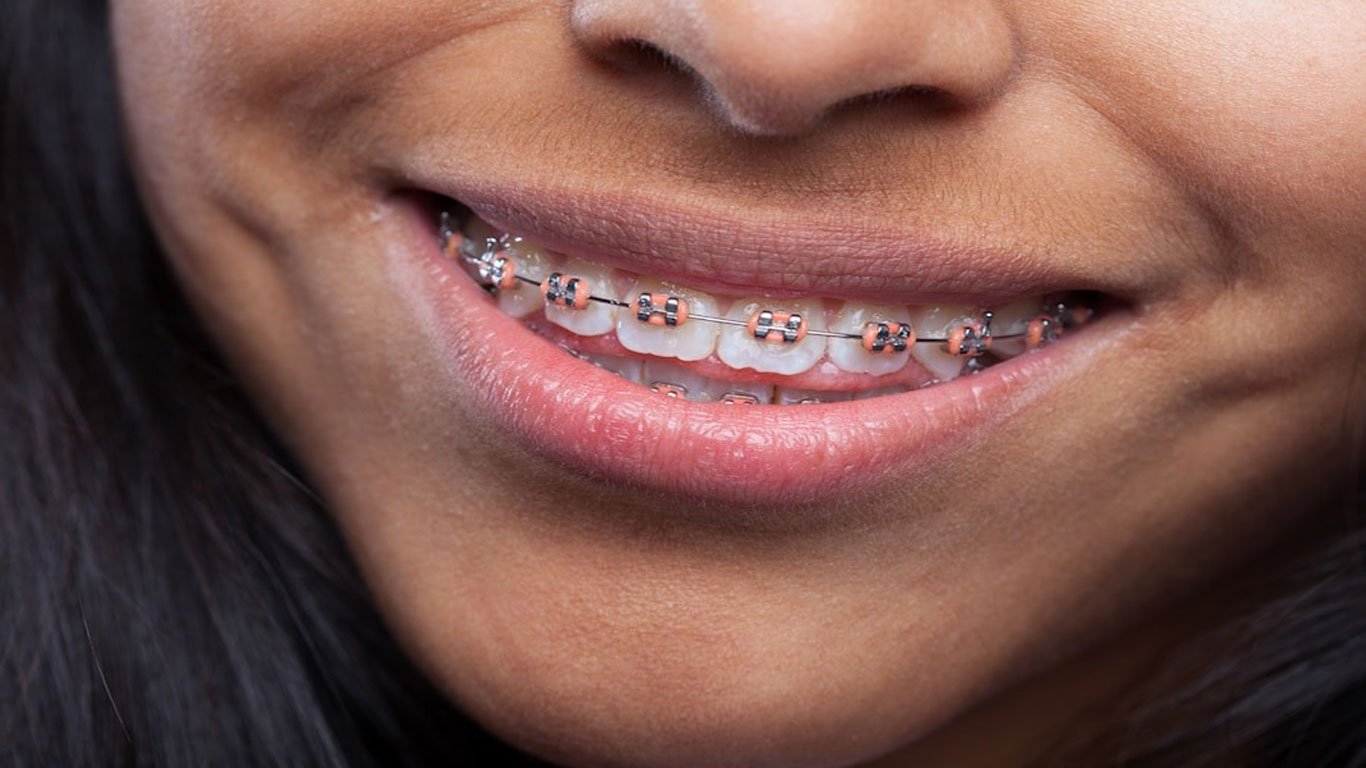Straightening Your Smile: Modern Solutions for Misaligned Teeth in 2024
Dental malocclusion, often known as misaligned teeth, refers to a condition where teeth are not properly aligned within the mouth. Crowding, open bite, underbite, overbite, or crossbite are all examples of this disorder. This significant issue can seriously impact both appearance and oral health.
Unaligned teeth are a prevalent issue, with almost 70% of individuals experiencing a degree of malocclusion. This statistic highlights the importance of understanding dental malocclusion, its effects, and seeking proper treatment.
In the following sections, we’ll address the causes, symptoms, types, diagnoses, and treatment options for this disorder. Understanding and addressing this issue is vital for optimal oral health and overall well-being.
Causes of Misaligned Teeth
Numerous factors, such as genetic predisposition, jaw size and structure, childhood habits, dental problems or injuries, and genetics, can all contribute to misalignments. Knowing these factors is essential for selecting the best treatment option and dealing with related problems.
Genetic Factors
In many cases, misaligned teeth are inherited through genetics. Parents might pass down some dental characteristics, including crowding, spacing, or the size and shape of the jaw. These hereditary factors may contribute to the development of crooked teeth or an improper bite, which may result in a misaligned bite and related issues down the road.
Jaw Size and Structure
Misaligned teeth can also be caused by irregularities in the size and shape of the jaw. For instance, a small jaw could not have enough room for all the teeth, causing crowding. On the other side, a larger jaw could result in tooth gaps. Misaligned bites can be the result of jaw discrepancies that influence how the teeth line up.
Please note that in the case of severe jaw misalignment, the only option is orthognatic surgery.

Childhood Habits
Some childhood behaviors, such as tongue pushing, extended pacifier use, and thumb sucking, can have an impact on the development of crooked teeth. These behaviors may put pressure on the jaw and teeth, causing them to move or develop improperly. Early detection and management of these habits can assist in preventing unaligned teeth and the need for extensive treatment in the long run.
Dental Diseases or Injuries
Dental diseases or injuries such as tooth loss, impacted teeth, or irregular tooth development can cause misalignment. The alignment of the teeth can also be disturbed by trauma or injury to the face or jaw, which can lead to misalignment and potential pain. Addressing injuries and seeking timely treatment of dental conditions is crucial to avoiding or minimizing problems related to misaligned teeth and jaws.
By understanding the causes, people can take proactive steps toward addressing these factors and looking for appropriate misaligned teeth treatment. Early orthodontic intervention, corrective procedures, and good dental hygiene can lessen misaligned bite symptoms, minimize misaligned teeth problems, and promote overall oral health.
Types of Misalignment
Misaligned teeth have various types, each with its own unique characteristics. To choose the best treatment and achieve ideal dental health, it is crucial to comprehend these categories.
Crowding
When there is not enough room in the jaw for the teeth to align properly, crowding develops. As a result, the teeth end up rotating or overlapping. Crowding can make it difficult to maintain good oral hygiene, which raises the risk of gum disease and tooth decay. To maintain alignment, wearing retainers after completing the orthodontic treatment may be necessary.
Overbite
An overbite is characterized by the upper front teeth overlapping significantly with the lower front teeth. Genetics, jaw anatomy, or childhood thumb-sucking are possible causes of this. An extreme overbite may necessitate proper treatment as it can result in difficulty biting or chewing.

Underbite
In an underbite, the lower front teeth protrude further than the upper front teeth. Genetics, problems with the jaw’s growth, or behaviors like tongue pushing can all contribute to this disorder. Underbites can lead to speech and chewing issues, as well as misaligned teeth that require timely treatment.
Crossbite
A crossbite happens when the upper teeth fit inside the lower teeth instead of outside when biting. It may involve one tooth or several teeth. Crossbites can result in jaw misalignment, pain, and an uneven appearance of the face. Timely treatment can alleviate the symptoms and enhance both appearance and oral health.
Open Bite
An open bite refers to conditions in which the upper and lower front teeth don’t meet each other when the mouth is closed. Long-term thumb sucking, tongue thrusting, or an imbalance in the growth of the jaw skeleton can all contribute to this problem. Open bites can cause difficulties in biting, chewing, and speaking, necessitating the appropriate treatment to enhance function.
Symptoms and Problems Associated with Misaligned Teeth
- Difficulties in chewing, speaking, and overall oral health issues.
- Challenges in dental hygiene and an increased risk of tooth decay and gum disease.
- Temporomandibular joint (TMJ) disorders, leading to jaw pain and restricted movement.
- Negative impact on facial aesthetics and self-esteem.
Diagnosis and Evaluation
- A dental examination evaluates the teeth, gums, and oral structures to determine any dental issues.
- Dental imaging techniques like X-rays and 3D scans provide detailed visual information about the teeth, jaw, and bone structure, assisting in the diagnosis and selection of appropriate treatment options.
- Bite analysis assesses the alignment and interaction of upper and lower teeth when biting down, and informs the best course of a treatment plan.
Treatment Options for Misaligned Teeth
Orthodontic Treatment:
- Traditional Braces
- Clear Aligners (like Invisalign):
- Lingual Braces

Other Dental Procedures:
- Dental Bonding: Applying tooth-colored resin to reshape and improve the appearance of the teeth.
- Veneers: Veneers are thin covers that are bonded to the front of the teeth to hide alignment issues and improve appearance.
- Tooth Extraction: In extreme situations of crowding, tooth extraction may be the only option to provide enough room for alignment.
The best course of treatment depends on the severity of the misalignment and individual preferences. Your orthodontist is the only one who can assess the most appropriate approach for your specific needs.
Complications & Risks
- Relapse of Misalignment: Using retainers after treatment is essential to prevent teeth from shifting back to their original positions.
- Discomfort or Pain during Treatment: Temporary pain or discomfort, especially during the initial stages of orthodontic treatment, is normal as the teeth are gradually shifted into the desired position.
- Allergic Reactions or Sensitivity to Orthodontic Materials: In rare cases, patients may have allergic reactions or sensitivity to orthodontic appliances. If you experience any such issues, notify your orthodontist promptly to prevent potential complications.
FAQ
How do you fix misaligned teeth?
Orthodontic treatment, such as braces or clear aligners, helps realign misaligned teeth.
What causes teeth misalignment?
Genetics, jaw size and structure, childhood behaviors and habits, and dental problems or traumas are only a few of the causes of misaligned teeth.
How do you know if your teeth are misaligned?
If you notice symptoms like irregular spacing, crowding, an overbite, underbite, crossbite, or difficulty speaking and chewing, your teeth may be misaligned.
Do misaligned teeth need to be fixed?
For the sake of bettering oral health, functionality, and appearance, misaligned teeth should be treated.
Conclusion
Seeking treatment for misaligned teeth is crucial for preserving oral health and overall well-being. Misaligned teeth can lead to difficulties in speaking and chewing, oral hygiene challenges, an increased risk of dental problems, and an impact on facial aesthetics and self-esteem.
With professionals like York Orthodontics, individuals can explore treatment options like braces or clear aligners to achieve proper alignment and improve their oral health. By addressing misaligned teeth, people can enhance their smile, boost their confidence, and enjoy the long-term benefits of a healthy bite. Contact us for a smile transformation and improved oral well-being.
